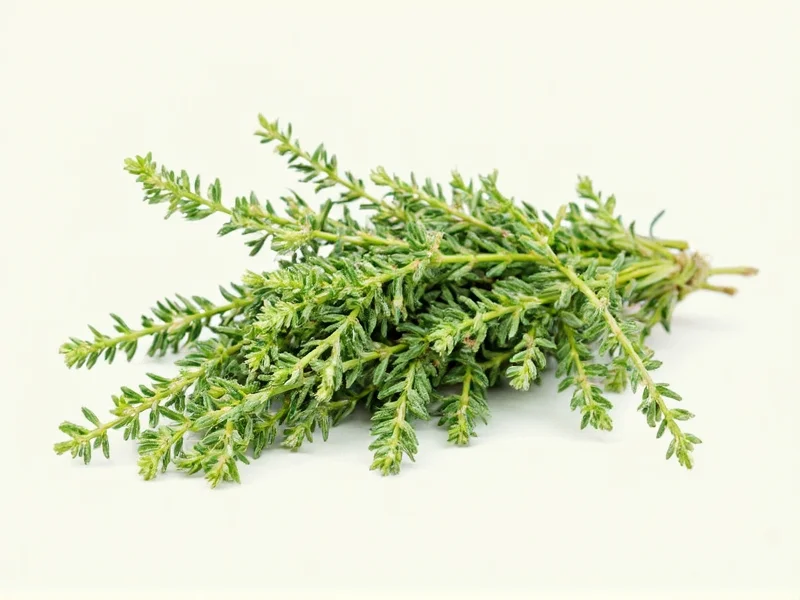Many people struggle with how to pronounce thyme correctly because its spelling suggests a different sound. This common culinary herb's name follows English's irregular pronunciation patterns, where the \u0027h\u0027 remains silent. Understanding thyme pronunciation is essential for home cooks, chefs, and anyone discussing herbs in culinary or gardening contexts.
The International Phonetic Alphabet (IPA) transcription for thyme is /taɪm/, confirming its identical pronunciation to \u0027time\u0027. This might seem counterintuitive given the spelling, but English contains numerous words with silent letters that don't affect pronunciation.
| Word | IPA | Pronunciation Guide | Common Mispronunciation |
|---|---|---|---|
| Thyme | /taɪm/ | \u0027time\u0027 (rhymes with \u0027lime\u0027) | \u0027thyme\u0027 (with audible \u0027th\u0027 sound) |
| Time | /taɪm/ | \u0027time\u0027 | N/A |
| Lime | /laɪm/ | \u0027lime\u0027 | N/A |
Why Is Thyme Pronounced This Way?
The word \u0027thyme\u0027 comes from the Greek \u0027thymon\u0027, which evolved through Latin \u0027thymum\u0027 and Old French \u0027thym\u0027 before entering Middle English. During this linguistic journey, the \u0027h\u0027 became silent while the spelling remained largely unchanged. This phenomenon occurs in other English words like \u0027rhythm\u0027 and \u0027myth\u0027, where the \u0027th\u0027 combination produces a \u0027th\u0027 sound, but in \u0027thyme\u0027, the \u0027h\u0027 is silent.
Common Mispronunciations to Avoid
When learning how to say thyme correctly, watch out for these frequent errors:
- \u0027Thyme\u0027 with a \u0027th\u0027 sound - Many pronounce it as \u0027thime\u0027 (like \u0027thigh\u0027 + \u0027me\u0027), which is incorrect
- \u0027Thaym\u0027 - Adding an extra syllable or elongating the vowel sound
- \u0027Thim\u0027 - Shortening the vowel sound to rhyme with \u0027dim\u0027
How to Remember the Correct Pronunciation
Here are practical tips for remembering how to pronounce thyme properly:
- Association technique: Link thyme with other words that rhyme: \u0027lime\u0027, \u0027dime\u0027, \u0027mime\u0027
- Culinary context: When cooking, say \u0027Add some time to the recipe\u0027 as a memory aid before correcting yourself
- Spelling reminder: Notice that \u0027thyme\u0027 contains \u0027time\u0027 within it, signaling the pronunciation
- Practice sentences: \u0027I need fresh thyme for this recipe\u0027 (pronounced \u0027I need fresh time for this recipe\u0027)
Thyme in Culinary Conversation
Using the correct thyme pronunciation enhances communication in cooking environments. Consider these examples:
\u0027The roast requires fresh thyme (time) and rosemary for optimal flavor.\u0027
\u0027Don\u0027t confuse thyme (time) with thyme (thime) - the \u0027h\u0027 is silent.\u0027
\u0027This Mediterranean dish features lemon, garlic, and plenty of thyme (time).\u0027
Related Herb Pronunciations
If you're learning culinary terms, here are other herb pronunciations that often cause confusion:
- Oregano: oh-rih-GAH-no (not or-ee-GAH-no)
- Ginger: JIN-jer (not GIN-ger)
- Coriander: kuh-ree-AN-der (cilantro in Spanish)
- Rosemary: ROZ-mair-ee (not ROZE-mair-ee)
Mastering Culinary Vocabulary
Correct pronunciation of ingredients like thyme demonstrates culinary knowledge and builds confidence in cooking communities. Whether you're following a recipe, watching cooking shows, or discussing herbs with fellow food enthusiasts, using the proper thyme pronunciation ensures clear communication. Remember that many English words related to food and herbs have unexpected pronunciations due to their diverse linguistic origins.
Frequently Asked Questions
Is thyme pronounced the same as time?
Yes, thyme is pronounced exactly the same as time. Both words rhyme with \u0027lime\u0027 and \u0027dime\u0027. The \u0027h\u0027 in thyme is silent, making the pronunciation /taɪm/ identical to \u0027time\u0027.
Why is thyme pronounced differently than it's spelled?
Thyme's pronunciation reflects its linguistic history. The word evolved from Greek \u0027thymon\u0027 through Latin and Old French before entering English. During this evolution, the \u0027h\u0027 became silent while the spelling remained largely unchanged, a common phenomenon in English etymology.
How do chefs pronounce thyme?
Professional chefs universally pronounce thyme as \u0027time\u0027 (rhyming with \u0027lime\u0027). In culinary settings, correct herb pronunciation is considered part of professional kitchen communication, and mispronouncing thyme as \u0027thime\u0027 would immediately identify someone as unfamiliar with culinary terminology.
Is there a difference between American and British pronunciation of thyme?
No, both American and British English pronounce thyme identically as \u0027time\u0027. Unlike some words that have regional pronunciation differences, thyme maintains the same pronunciation across all major English dialects.
What's the easiest way to remember how to pronounce thyme?
The simplest memory trick is recognizing that \u0027thyme\u0027 contains \u0027time\u0027 within its spelling. When cooking, mentally substitute \u0027time\u0027 when you see \u0027thyme\u0027 in recipes. Another helpful technique is associating it with rhyming words like \u0027lime\u0027 or \u0027dime\u0027 to reinforce the correct pronunciation pattern.











 浙公网安备
33010002000092号
浙公网安备
33010002000092号 浙B2-20120091-4
浙B2-20120091-4